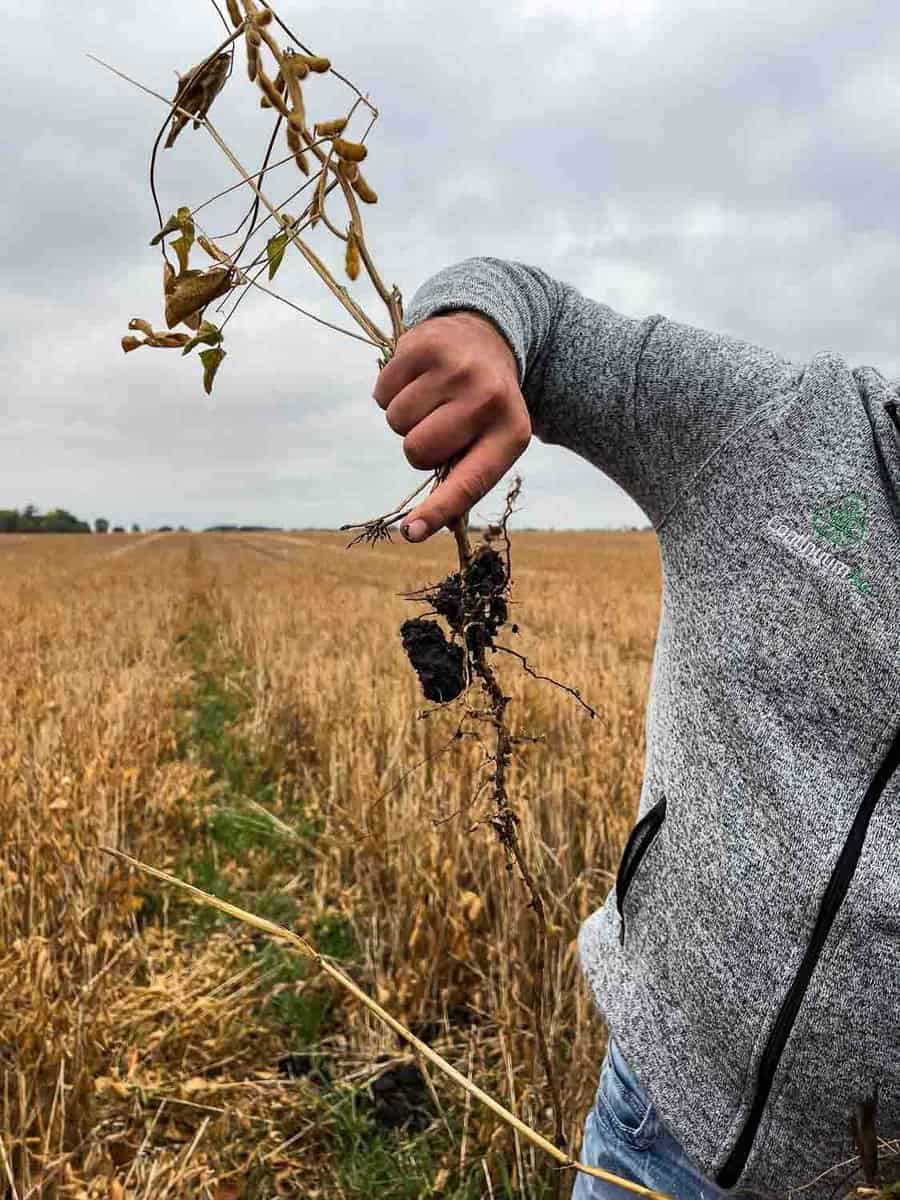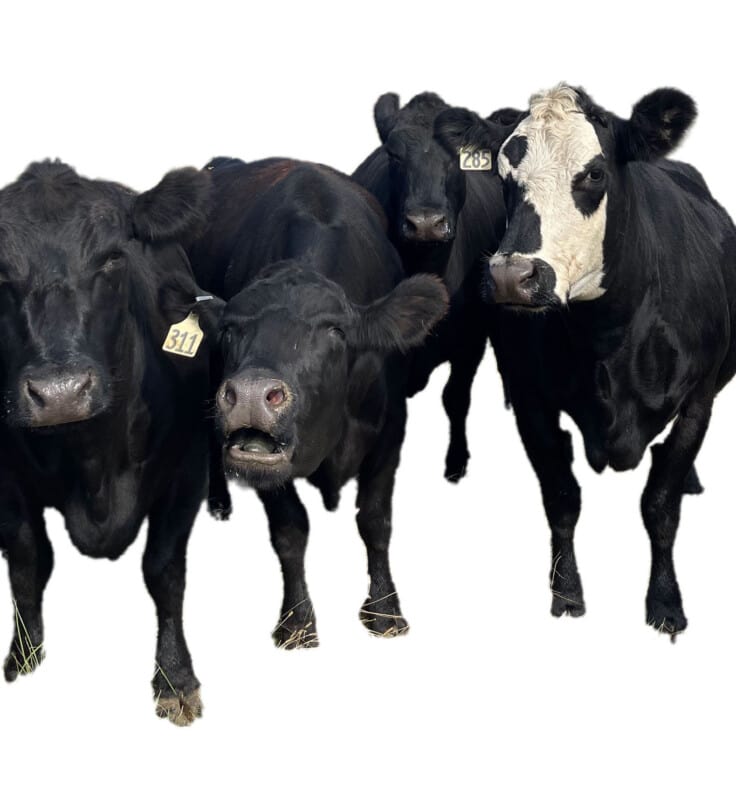Behind all of the fear mongering and misinformation in the food industry are hundreds and thousands of generational family farms run by passionate, forward-thinking young people.
In Iowa, the newest generation of farmers is making big waves in regenerative agriculture while maintaining the passion and love they have for their land and animals.
There are so many misconceptions about the farming industry—and for good reason—it’s hard to know where to get your information and who to trust. Which is why I was excited to have the chance to see the process first hand and to talk with generational family farmers.
The one thing that seems to permeate the farms we visited was the dedication to learning and implementing regenerative agriculture. From growing corn for the animals they’re raising to growing corn for fuel, cooking oil, hand soap and more, the practice of regenerative agriculture is everywhere.
Table of Contents
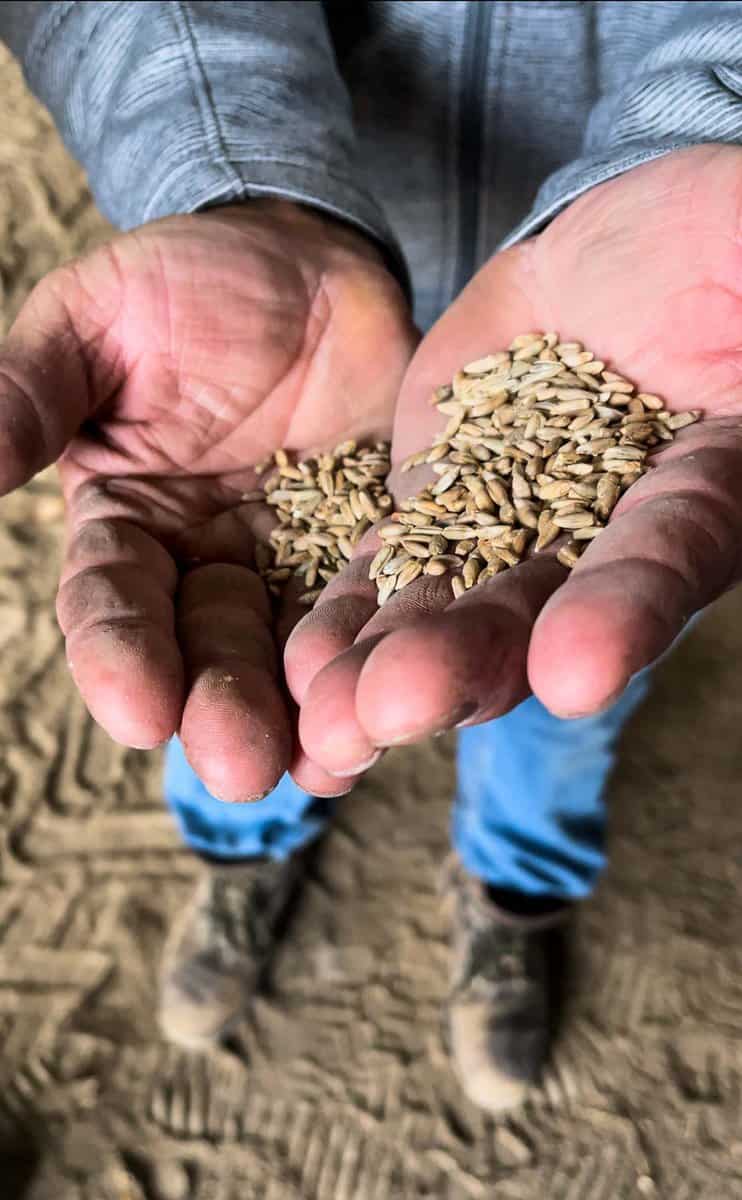
What Is Regenerative Agriculture?
Fundamentally, regenerative agriculture is a philosophy of land management that promotes the idea that everything in agriculture is connected, instead of simply being a linear input-to-output process. Regenerative ag is meant to restore soil and ecosystem health, address inequity, and improve the quality of the land, water, and climate.
Practices used in regenerative agriculture include:
- Cover crops—the practice of cover cropping is one of the most impactful aspects of regenerative agriculture. It decreases soil erosion, increases biodiversity and organic matter, increases moisture retention and insulates the ground from extreme temperatures.
- Solar and wind energy
- Intensive rotational grazing—the practice of rotational grazing requires the farmer to move cattle herds from pasture to pasture every few days. This keeps the grass to an ideal length, key to retaining roots in the ground which hold both soil and nutrients in place for cleaner water.
- No-till farming—the practice of no-till farming is important for many reasons, but some of the largest reasons include the reduction of soil erosion and promotion of biodiversity.
- Reduced use (or no use) of herbicides—the benefit of increased soil health through cover crops and no-till farming, means farmers have less of a reliance on nitrogen-based pesticides and chemical fertilizers. The presence of biodiversity in the soil disrupts weed cycles, making the entire ecosystem more resilient. Plus, less synthetic chemicals means decreased input cost for farmers.
- Perennial plants and diversified crops—Perennial plants develop longer, more stable roots compared to annual crops, and have shown to sequester carbon in soil.
- Planting of conservation—buffers including hedgerows and trees
- Promotion of animal welfare
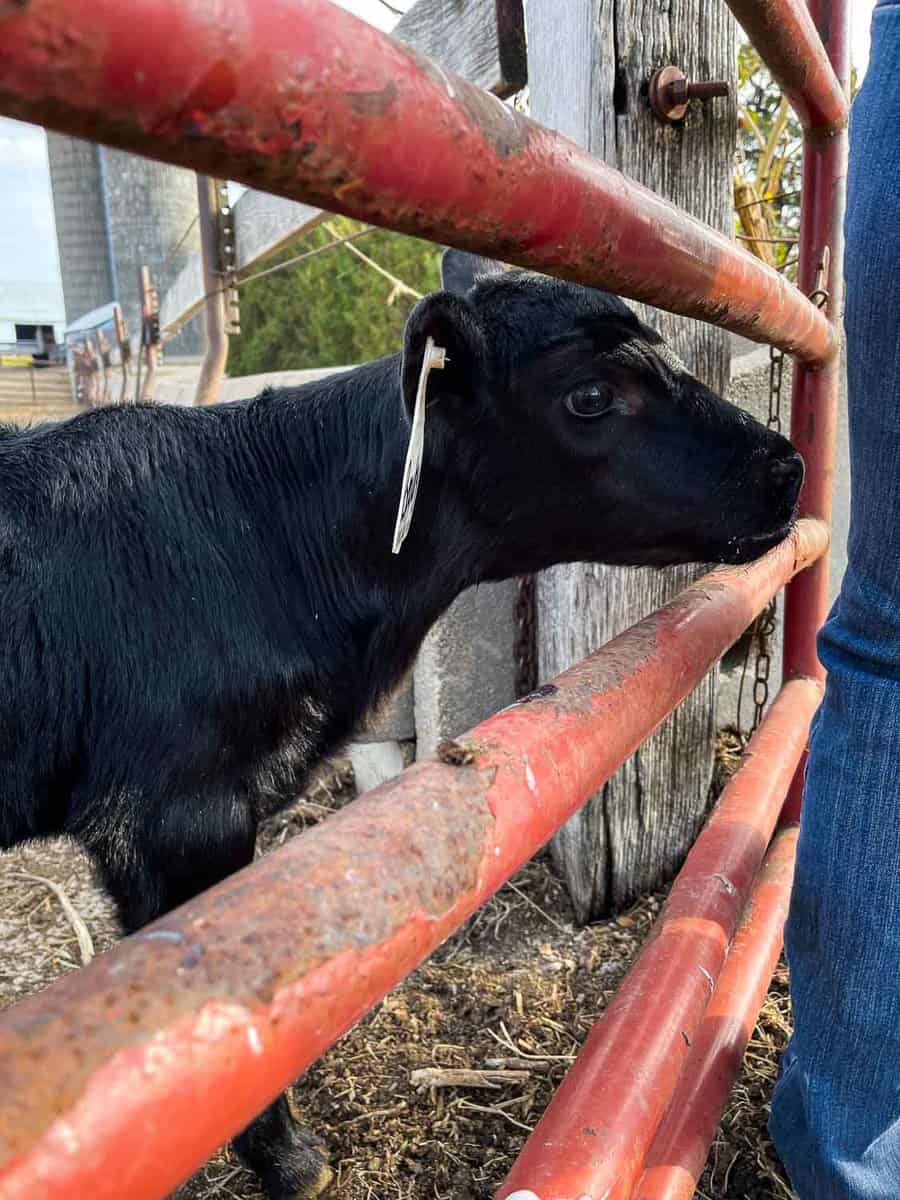
Why You Should Care
Regenerative agriculture is important for reducing greenhouse gasses, increasing resilience of crops, and increasing the overall health of our ecosystem
By improving soil health, farmers and ranchers are increasing the amount of carbon that is captured and trapped by the soil. The process is driven by microbes in the soil and photosynthesis. Rotational grazing is one of the key components of regenerative ag and is essential to the process of photosynthesis. Without rotational grazing, cattle will eat down the grass in a single pasture below the ideal length for photosynthesis and plant health throughout the year.
Additionally, nutrient-rich soil can absorb more water during floods, and even hold onto it for better resilience against droughts. Both of which will be increasingly important for our changing climate and weather patterns.
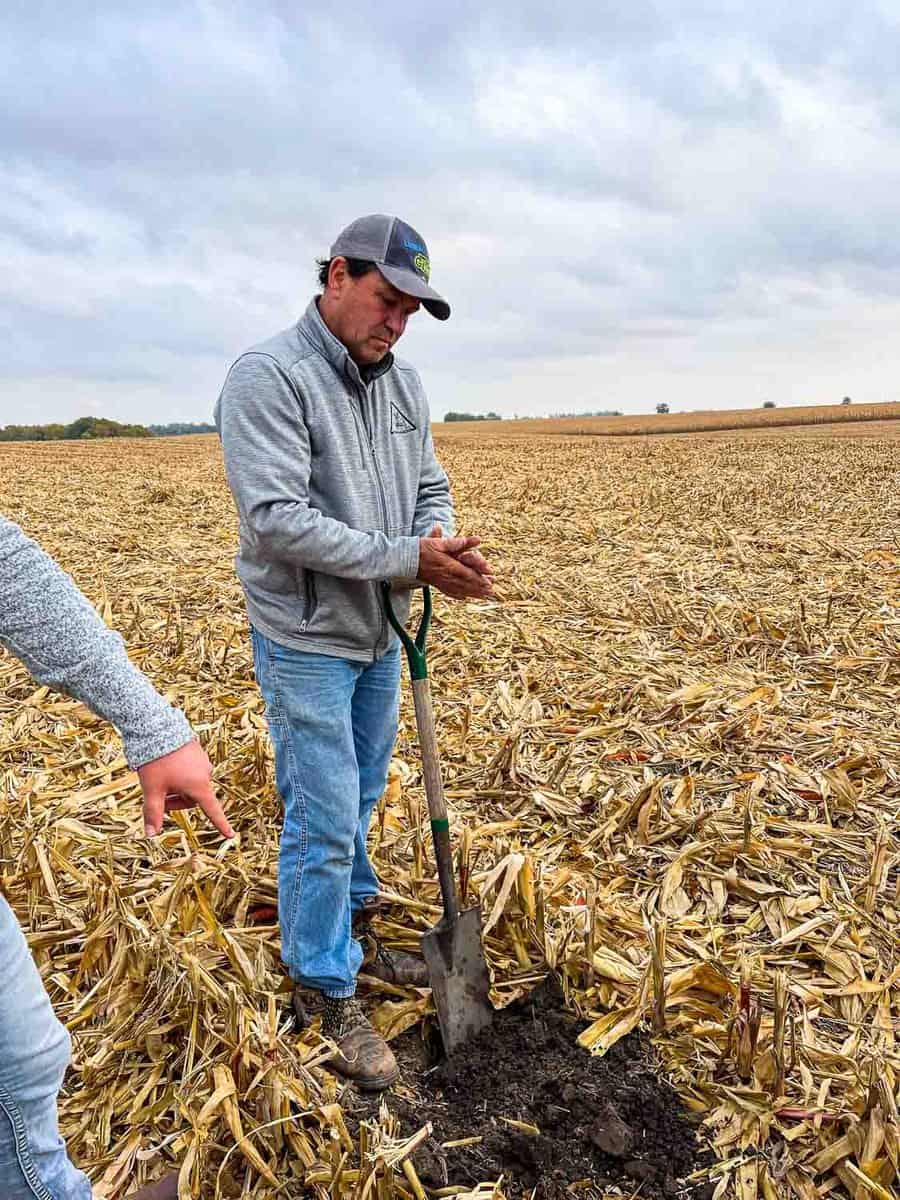
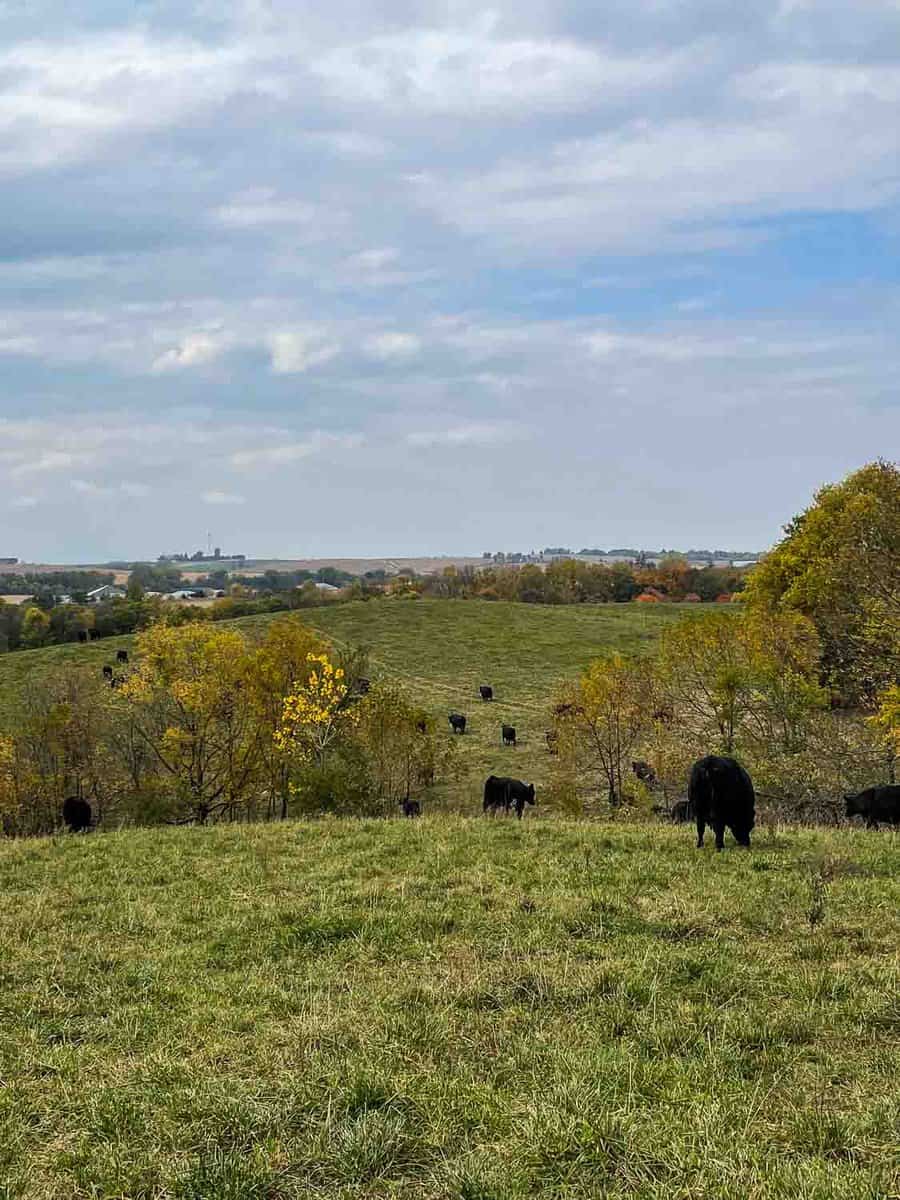
Who is Leading the Regenerative Ag Movement?
Family farms! You may have assumed that most of the farming done in this country is run by large corporations. And you’ll be surprised to find out that 98% of US farms are family owned. AND farmers only make up 2% of our population. Read that again—2% of this country ends up feeding this country.
How Does Farming Impact the Climate?
If you assume farming and agriculture make up a good majority of greenhouse gasses, you’re in good company. I was surprised to learn that agriculture makes up just 11% of greenhouse gas emissions, behind the leading causes—transportation, electric power and industry (production of goods and materials).
With the focus on regenerative agriculture, farmers are innovating and using technology to get higher yields on the existing land that they have. Instead of being susceptible to drought, high temperatures, and floods, the no-till method and cover crops, among other conservation practices, will help them weather those extreme patterns.
Additionally, the use of genetically modified seeds means they can grow plants that are resistant to bugs and pests and resilient against extreme weather patterns. Growing GMOs means they can reduce the use of nitrogen-based pesticides and drastically reduce the use of fertilizers. All good things for our personal health and the health of the planet.
The use of regenerative agriculture paired with science-baked GMOs makes for more biodiversity, healthier soil, and thus healthier foods and a healthier planet.
Is Eating Beef Bad for the Planet?
First off, here at ZK, we’ll never tell you how or what to eat. But we will share our opinion on food and the food system.
One thing we come back to time and time again is the fact that we, as human beings, will need to find a way to feed a growing population nearing 8 billion. And filling bellies isn’t the only thing that matters. A diverse nutrient-rich diet is essential. The world can’t survive on meat alone and it can’t survive on plants alone.
We strongly believe that all ingredients can be a part of a healthy diet, and a healthy planet. For example, many people have been convinced that cattle are one of the leading sources of greenhouse gas emission. In actuality, beef production, including the production of animal feed, is responsible for just 3.7% of greenhouse gas emission in the US. As for how much cattle eat per pound of meat they produce, it’s about 2.6 pounds of grain—similar to pork and poultry.
And finally, due to improved efficiency and animal well-being, cattle farmers today are able to produce the same amount of meat as they did in 1977 with 33% less cattle. That means less emission and resources used to create the same amount of meat.
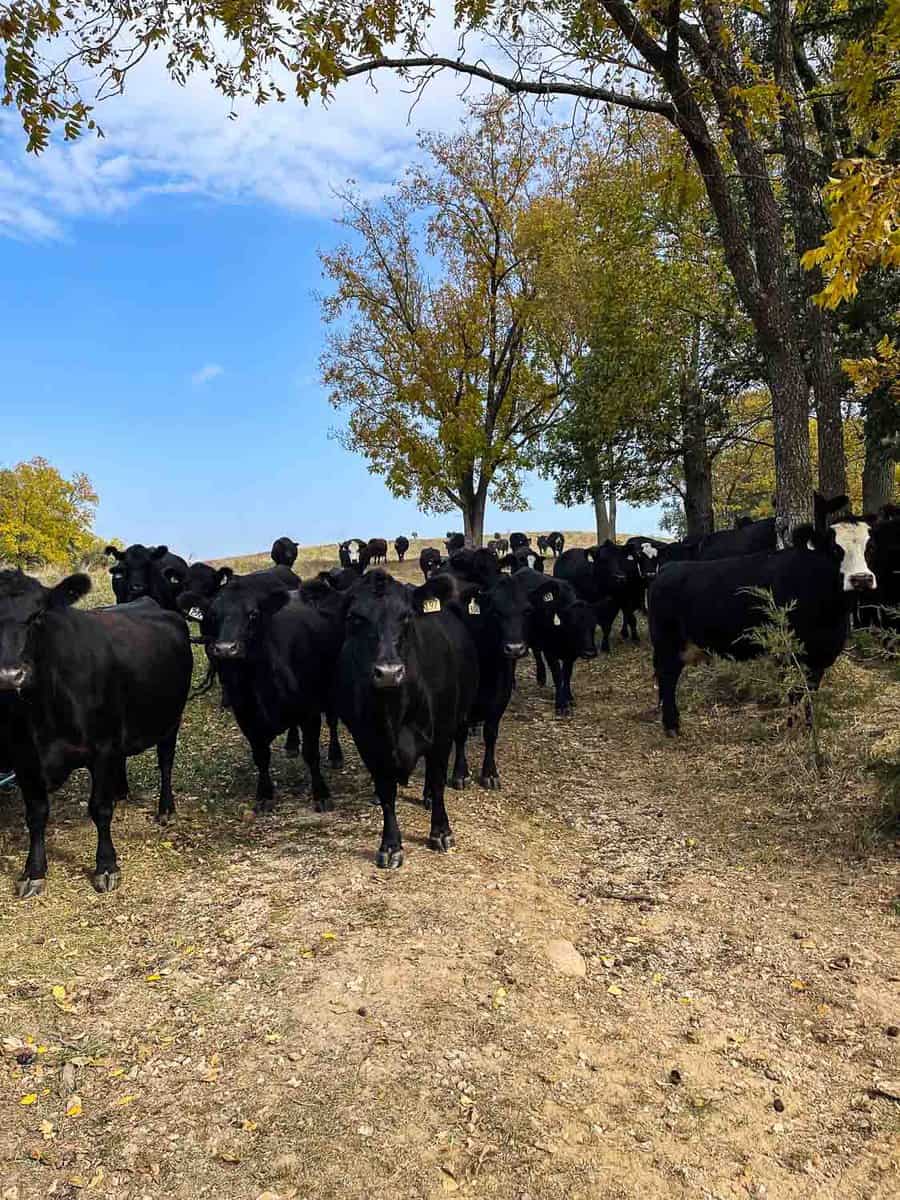
Is Beef Healthy?
Again, we won’t tell you how to eat, but here at ZK we create a lot of healthy beef recipes! So yes, beef can be a part of a healthy diet.
For example, one 3-ounce serving of beef provides more than 10 essential nutrients and half of your daily value of protein (25 grams). You’d have to eat 3 cups of cooked quinoa to get 25 grams of protein (with nearly 4x the amount of calories to go along with it).
Why We Shouldn’t Be Afraid of GMOs
As my professor in college said, if you eat a carrot, you don’t become a carrot. You absorb the essential vitamins and nutrients and use the carbohydrates to fuel your body. I come back to this thought experiment often when challenged by someone about GMOs. If we eat something, say a carrot, that has been genetically modified, does that mean we are a GMO? No! Of course not. The old adage—you are what you eat—makes navigating technology in our food system tricky.
The practice of genetically modifying plants goes back to the time of Gregor Mendel, the first known scientist to modify a pea plant in his research of genetics. Through this research Mendel was able to identify the difference between dominant and recessive genes.
Why does that matter to us? Well, aside from the vast world of genetics (in which we are all impacted by), it means scientists are able to identify specific desirable and undesirable genes in our plants.
Many consumers assume GMOs are only used for increasing the yield of a product. And while GMOs do help with increasing yield, it’s not in the way you may expect. It’s not just about density and size. Rather, GMOs are created to be pest-resistant and drought-resistant (among other things). The reason I bring these two aspects up is because by using GMOs farmers are able to use less nitrogen-based fertilizer, less pesticides, and are less reliant on water. All good things for both the planet and our personal health.
Summary
If we want to feed a growing population of nearly 8 billion we will need to rely on technology, innovation and good-farming practices. The answer is not the removal of farming altogether. The answer lies in science-backed GMOs, regenerative farming, and a respect for the growers, producers and planet we inhabit.
Now What?
Stay up to date with information from some of our favorite sources:
- Best Food Facts: https://www.bestfoodfacts.org/
- Iowa Farm Bureau: https://www.iowafarmbureau.com/
- Worried about hormones?
- Fast facts about ag and food – has info on makeup of farms/demographics
- Real Farmers. Real Food. Real Meat.
- Buy quality US beef straight from the farm! We love buying from Lillie over at Beringer Family Farms.
- Learn more about regen ag over at Continuum Ag.
